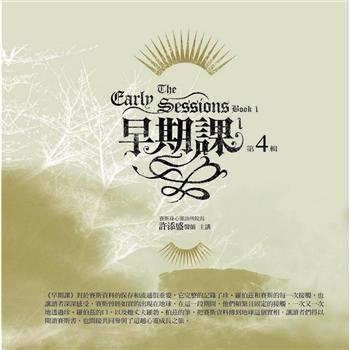This book is an example of the past colliding with the present as an ultra liberal Colorado Supreme Court chief justice reached back 1,500 years to Spain's land grants and shared (communal) use of property and tried to mix them with the American concept of private property rights. She ruled in several opinions that, under a 160-year-old Mexican land grant (similar to colonial Spanish grants) and a 150-year-old ambiguous document, an initially undefined number of Costilla County, Colorado, residents would have free "reasonable" use of the 77,500-acre, privately owned, Taylor Ranch, mainly for livestock grazing and timber. A bare majority of the court's justices agreed with her. When the rulings were gradually implemented with a vengeance by a district judge, some 1,200 residents were granted virtually uncontrolled and unlimited use of the Ranch. The Ranch owners not only lost $23 million in market value of the property but were also ordered to pay at least $300,000 in court costs. The rulings were called "stunning" and "unprecedented." As 2006 approached, the residents were assessing the perhaps marginal economic benefits of the access and wondering whether voluntary compliance with a locally-drafted land use plan would save The Mountain's fragile environment. For over 100 years, the mostly Hispanic population of the Culebra River basin adjacent to the Colorado-New Mexico border lived a very isolated Shangri La existence based on subsistence farming and hunting and fishing in the snow-capped Sangre de Cristo Mountains. In 1960, Jack Taylor, a tough timberman from North Carolina, purchased one of the last two major pieces of a one-million-acre Mexican land grant covering the mountains and told the local residents to stop trespassing on it. In 45 years of litigation over rights on the property, Taylor won victories in Federal courts but they were overturned in the State courts, and Jack Taylor's successors were hit hard. In reaction to Jack Taylor's arrogant attitude,
| FindBook |
有 1 項符合
The Taylor Ranch War: Property Rights Die的圖書 |
 |
The Taylor Ranch War: Property Rights Die 作者:Johnston 出版社:Authorhouse 出版日期:2006-03-24 語言:英文 規格:平裝 / 372頁 / 22.6 x 15.5 x 2.3 cm / 普通級 |
| 圖書館借閱 |
| 國家圖書館 | 全國圖書書目資訊網 | 國立公共資訊圖書館 | 電子書服務平台 | MetaCat 跨館整合查詢 |
| 臺北市立圖書館 | 新北市立圖書館 | 基隆市公共圖書館 | 桃園市立圖書館 | 新竹縣公共圖書館 |
| 苗栗縣立圖書館 | 臺中市立圖書館 | 彰化縣公共圖書館 | 南投縣文化局 | 雲林縣公共圖書館 |
| 嘉義縣圖書館 | 臺南市立圖書館 | 高雄市立圖書館 | 屏東縣公共圖書館 | 宜蘭縣公共圖書館 |
| 花蓮縣文化局 | 臺東縣文化處 |
|
|
圖書介紹 - 資料來源:博客來 評分:
圖書名稱:The Taylor Ranch War: Property Rights Die
|











